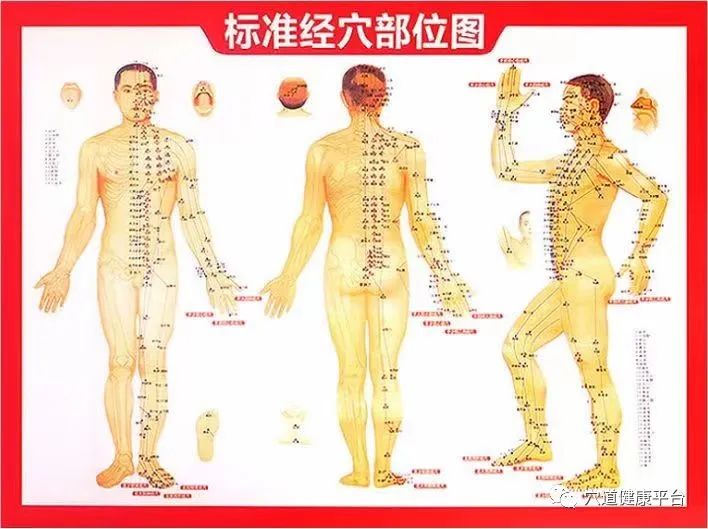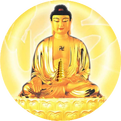
The meridians are a collective term for the jingmai (经脉, channels) and luomai (络脉, collaterals). The character “jing” (经) originates from the twisting of threads, originally referring to the stationary threads pulled longitudinally on a loom, hence it is called “jing“. The term “jing” in “classics” also implies that these texts contain meanings that are constant and unchanging. The “jing” in “jingluo” (经络, meridian system) refers to the main pathways within the meridian system, penetrating deep into the body, connecting the internal and external, while “luo” refers to the auxiliary pathways branching off from the main routes, crisscrossing and spreading throughout the body.
The Ling Shu (灵枢) states: “The jingmai (经脉) are internal, while those that branch and run horizontally are luomai (络脉), and the branches of luo are called sunmai (孙脉).” This categorizes the jingmai based on size and depth into jingmai, luomai, and sunmai. This includes the twelve jingmai, eight extraordinary vessels (奇经八脉), twelve jingbiao (经别), and fifteen luomai.
What exactly are the meridians? Why can they not be found in a corpse? Between life (the state of being alive) and death (the state of non-life), what do humans lose? One modern scientific explanation is that the meridians are electromagnetic and electrochemical oscillations. This may be the best explanation for why the phenomenon of meridians cannot be directly substantiated through anatomical dissection of a corpse.
In fact, modern people are also filled with doubts about the meridians, as they do not know their origins.
Regarding the meridians, Li Shizhen has a book titled Examination of the Eight Extraordinary Vessels (奇经八脉考), in which there is a saying, “The internal landscape tunnel can only be illuminated by those who reflect upon it.” The so-called internal landscape tunnel refers to the meridians; the “reflector” refers to ancient practitioners with internal experiential insights; “illuminating” is different from “seeing”; “seeing” involves subjective consciousness, while “illuminating” is devoid of subjective consciousness, like the sun, which only “illuminates” the true nature of all things without adding subjective judgment. There are mountains, seas, and deserts; in the long run, any subjective judgment is meaningless because all things change. One day, mountains will become seas, and seas will become mountains. Practitioners with internal experiential insights merely observe the true nature of life, observing the flow of qi (气), and then comes awareness, the awareness of the opening and closing of qi and its trajectory. This opening and closing and trajectory of qi is what constitutes the qimai (气脉) and jingmai.
Therefore, the meridians can only be described as a state of internal realization—an experience and empirical evidence of life activities under a higher state of consciousness. Although the Ling Shu and Nan Jing contain many anatomical descriptions of the human body, the more important source of understanding should be the practical activities of ancient physicians and practitioners.
In other words, the jingmai are the expression of qi. Ultimately, everything revolves around qi; what is visible is one aspect, while what is invisible may be the more important aspect. In fact, without discussing the issue of qi, one cannot explain the vastness of the starry sky. In the Huangdi Neijing (黄帝内经), the Yellow Emperor once asked a profound question: What supports the Earth in the vast void? The original text is: What supports it? It is puzzling how the ancients knew that the Earth exists in the void. Qibo answered: The atmosphere supports it. This heavy Earth, which carries billions of people, is merely supported by the atmosphere in the void. The atmosphere not only supports the Earth but also supports Jupiter, the Sun, etc. Thus, the concept of “one qi throughout the universe” likely contains this meaning, indicating that the energy of qi is the greatest in the universe.
If Western medicine relies on direct sensory contact, extending the senses outward to understand human life in the realm of the visible, then ancient Chinese philosophers placed greater emphasis on the “invisible” and “inaudible” senses and feelings. In ancient times, this was referred to as “internal vision and reflection” (内视返听) or “internal landscape reflection” (内景返照), which is known as “clarifying the mind” (明心), “self-realization” (独悟), and “spiritual communion” (神会). In this non-physical-first approach, a detailed examination of essence, qi, spirit, meridians, and organ systems can form theories of qi transformation, meridian theory, and the view of the relationship between heaven and humanity. We can call this unique cognitive approach “internal cognition” (内向认知) or “intuitive thinking” (直悟思维).
It can be understood that the existence of “internal cognition” requires the important condition of “personal experiential realization” (亲造实诣); only through personal practice can one have a correct understanding of the Dao (道). The Chinese concept of Dao has never been based on empty words but on personal verification and practice.
Western medicine discusses the “organ” of the body, always able to present physical objects. In contrast, all premises of TCM theory revolve around the issue of qi; yin and yang are qi, the jingmai are qi, and the five organs and six bowels also first discuss organ qi and bowel qi. In other words, TCM discusses the body not by first discussing the heart or liver but by first discussing the heart jing (心经) and liver jing (肝经), focusing on the issue of qi. Additionally, it discusses prenatal qi and postnatal qi. Moreover, qi is invisible and intangible, placing TCM in an awkward position of being difficult to articulate. However, in my view, this is precisely the advanced aspect of TCM; advanced concepts require time to be understood historically, and I hope that in the future, humanity can provide a scientific description of TCM.
The maidao (脉道), primarily the qidao (气道), is the route of qi circulation in the human body. Although qi is invisible and intangible, one should not underestimate the consolidating effect of yang qi (阳气). From a physics perspective, when a person stands upright, the five organs do not sag, and the cerebrospinal fluid does not flow down; this is all due to the consolidating effect of the invisible and intangible yang qi. When a person dies, everything perishes; when one aspect is damaged, all are damaged, and the five organs collapse, qi perishes with the body.
It is similar to the distinction between Dao (道) and Li (理); Chinese culture uses precise terminology. Heaven is Dao, Earth is Li, and the relationship between heaven and earth is Dao and Li. What is the difference between Dao and Li? It is the distinction between the inconceivable and the conceivable. The Dao of heaven is like the flight paths in the sky, invisible and intangible, yet absolutely existent. Li is visible and tangible, clearly defined. “The Dao that can be spoken of is not the eternal Dao” (道可道,非常道); the Dao cannot be articulated; when truth is reduced to writing, it ceases to be complete truth, leading to ambiguity and misinterpretation. In contrast, Li is clear and precise. Thus, what we usually discuss is Li; when Chinese people argue, they accuse each other of being “unreasonable” (不讲理), which means not adhering to the principles of Li, or being “unprincipled” (不地道).
In summary, the meridians are phenomena of life activity rather than anatomical entities; they are the information channels between various systems of the body (five organs and six bowels) and between the internal and external environments. Life continuously exchanges material, energy, and information with the surrounding environment, and this exchange must rely on the various functional activities of qi. The entry and exit of qi and its circulation along the meridians manifest as circular motion, which is the endless nature of the jingmai.

(Welcome to share the merits of countless)
Promoting the essence of Chinese medicine and passing on the culture of TCM!

Hand gestures long press the QR code to identify WeChat

